Increased Research Funding
The cell culture-media market is experiencing a surge in research funding from both public and private sectors. This influx of capital is primarily directed towards biotechnology and pharmaceutical research, which heavily relies on cell culture techniques. In 2025, funding for life sciences research in the US is projected to exceed $50 billion, indicating a robust commitment to advancing scientific knowledge. This financial support is likely to enhance the development of innovative cell culture media, thereby driving market growth. Furthermore, as research institutions and universities expand their capabilities, the demand for specialized cell culture media tailored to specific applications is expected to rise, further propelling the cell culture-media market.
Rising Focus on Stem Cell Research
The increasing focus on stem cell research significantly impacts the cell culture media market. Stem cells hold immense potential for regenerative medicine and therapeutic applications, leading to heightened interest from both academic and commercial sectors. In 2025, the stem cell research market is projected to reach $10 billion, indicating a robust growth trajectory. This surge in research activities necessitates the development of specialized cell culture media that can support the unique requirements of stem cell growth and differentiation. As more researchers explore the capabilities of stem cells, the demand for tailored media solutions within the cell culture-media market is likely to expand, fostering innovation and market growth.
Growing Adoption of 3D Cell Culture
The shift towards 3D cell culture systems significantly influences the cell culture media market. Unlike traditional 2D cultures, 3D systems provide a more physiologically relevant environment, which is crucial for drug discovery and toxicity testing. The market for 3D cell culture is anticipated to grow at a CAGR of 25% from 2025 to 2030, reflecting the increasing preference for these advanced methodologies. As researchers seek to replicate in vivo conditions more accurately, the demand for specialized media that supports 3D cell growth is likely to escalate. This trend not only enhances the efficacy of research but also drives innovation within the cell culture-media market.
Technological Innovations in Cell Culture
Technological advancements are playing a pivotal role in shaping the cell culture-media market. Innovations such as automated cell culture systems and advanced bioreactors are enhancing the efficiency and scalability of cell culture processes. In 2025, the market for automated cell culture technologies is projected to reach $1 billion, reflecting the growing trend towards automation in laboratories. These technologies not only reduce labor costs but also improve reproducibility and consistency in cell culture experiments. As researchers increasingly adopt these innovations, the demand for compatible cell culture media that can support automated systems is expected to rise, thereby driving growth in the cell culture-media market.
Regulatory Support for Cell-Based Therapies
Regulatory bodies in the US are increasingly supportive of cell-based therapies, which is positively impacting the cell culture-media market. The FDA has streamlined approval processes for regenerative medicine products, encouraging the development of cell therapies. In 2025, the number of approved cell-based therapies is expected to rise, leading to a heightened demand for high-quality cell culture media. This regulatory environment fosters innovation and investment in the cell culture-media market, as companies strive to meet the stringent requirements for product development. Consequently, the market is likely to witness a surge in the introduction of novel media formulations designed to optimize cell growth and functionality.


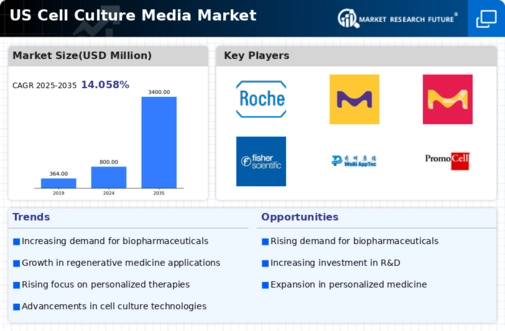
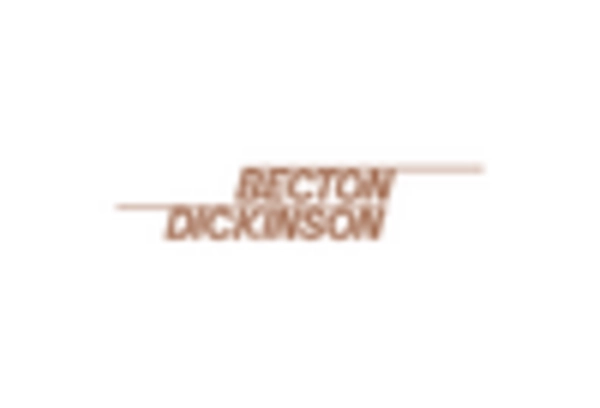
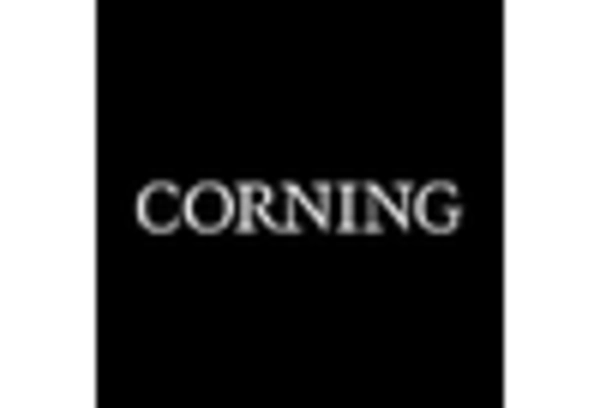
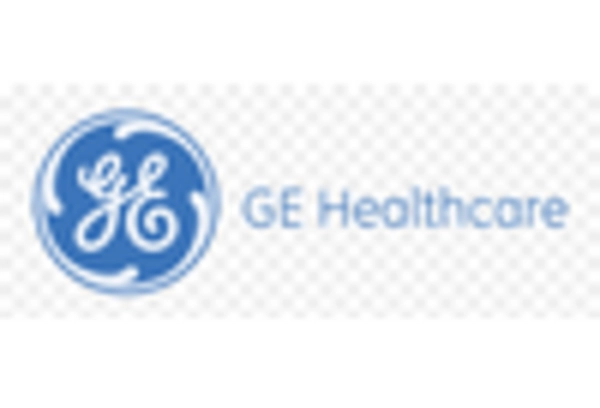
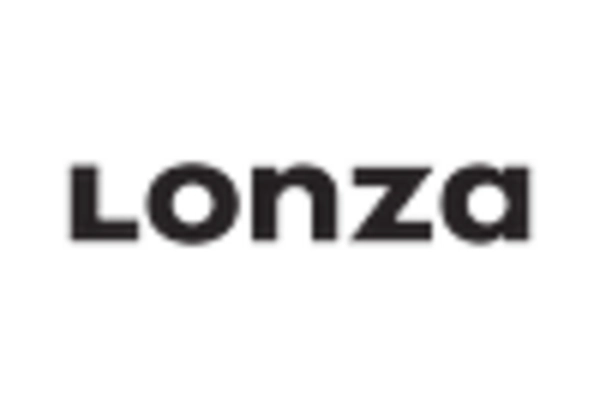
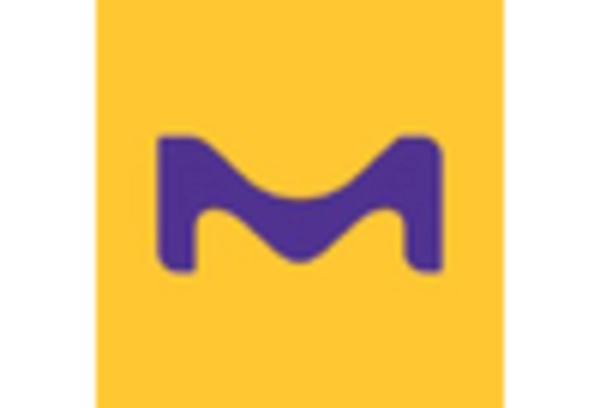
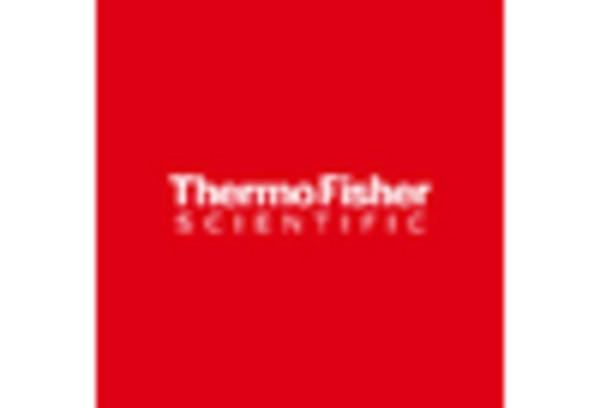








Leave a Comment